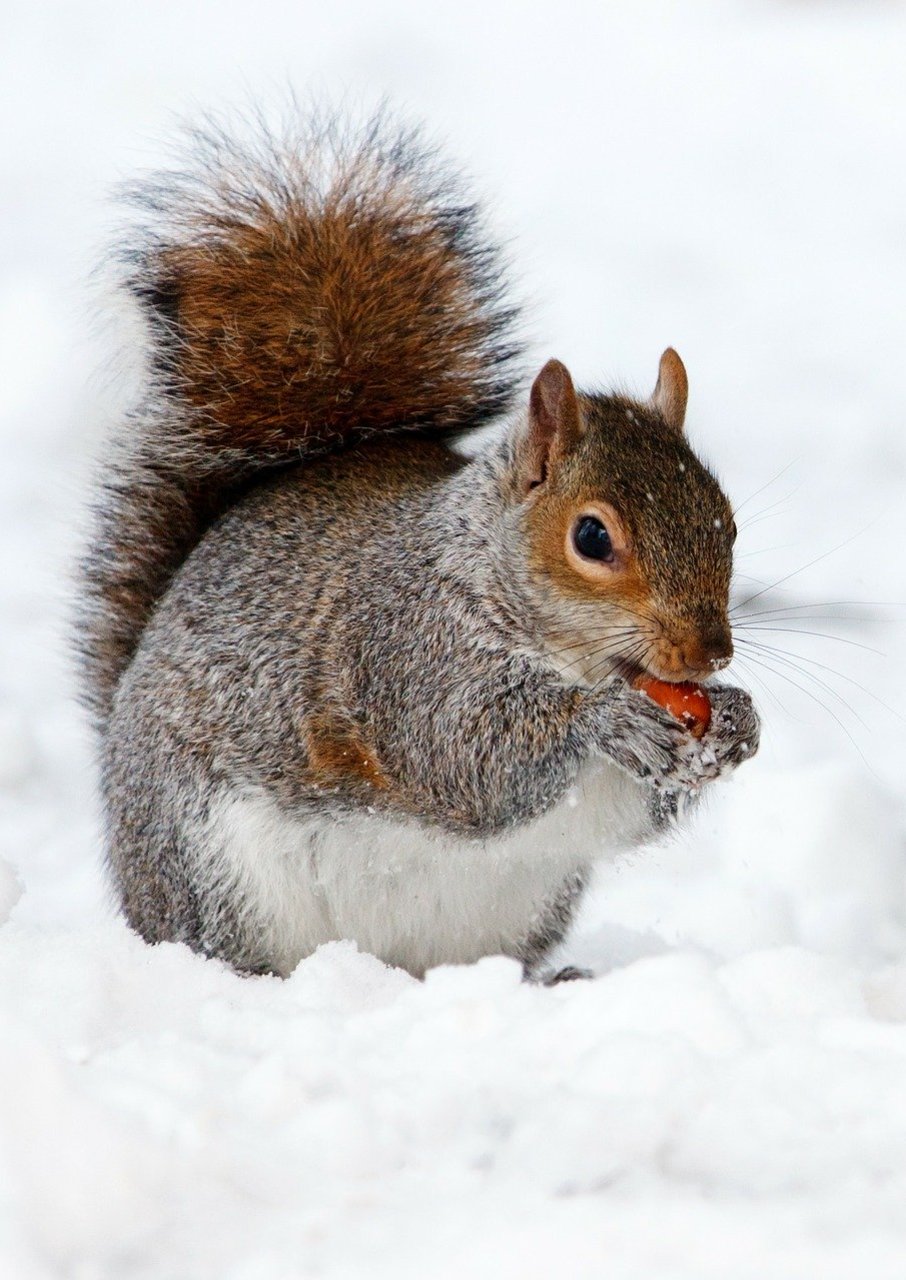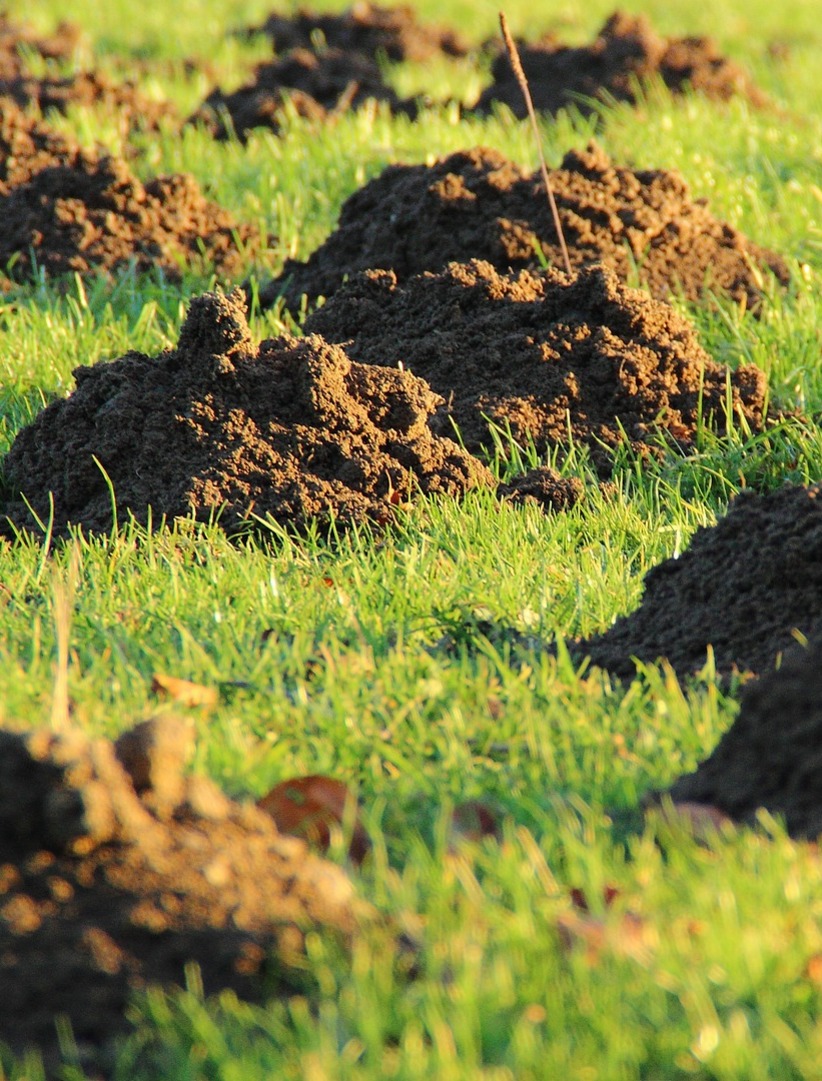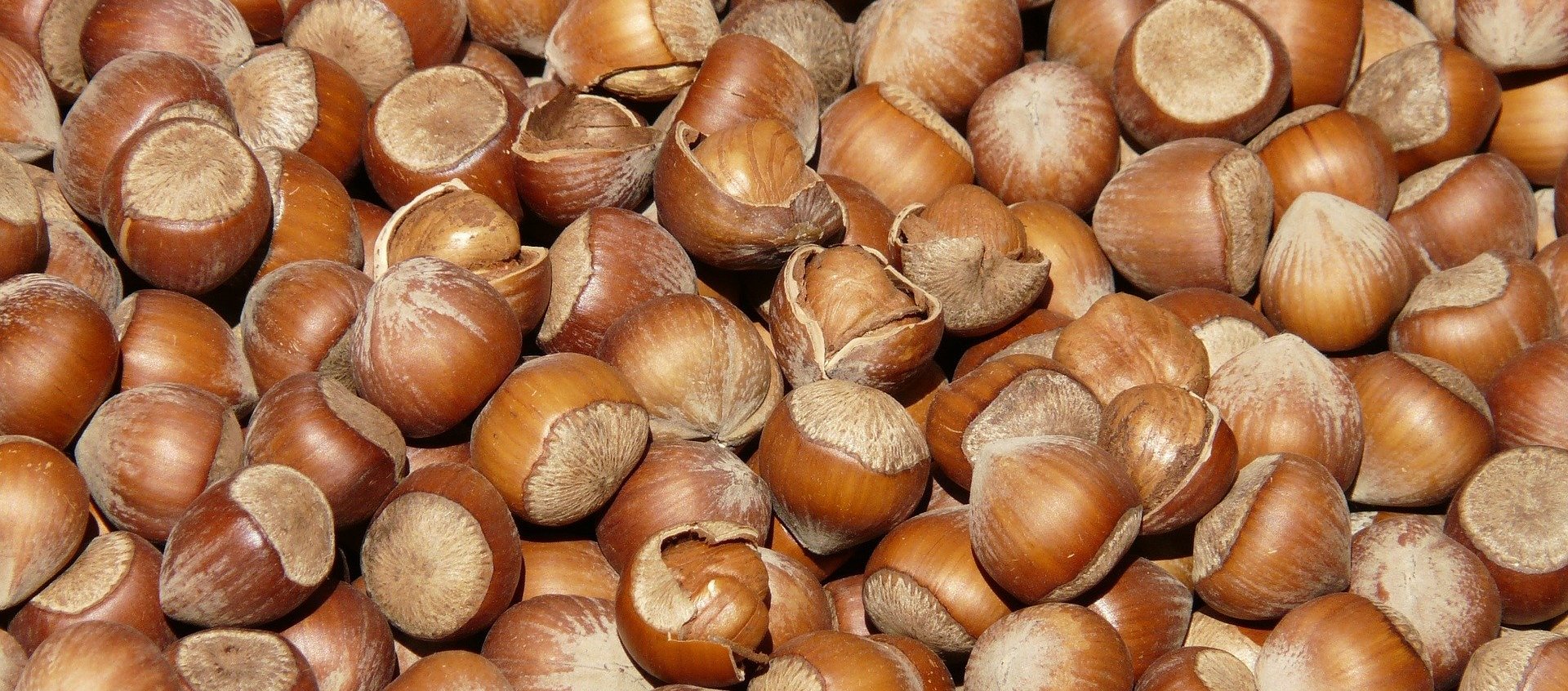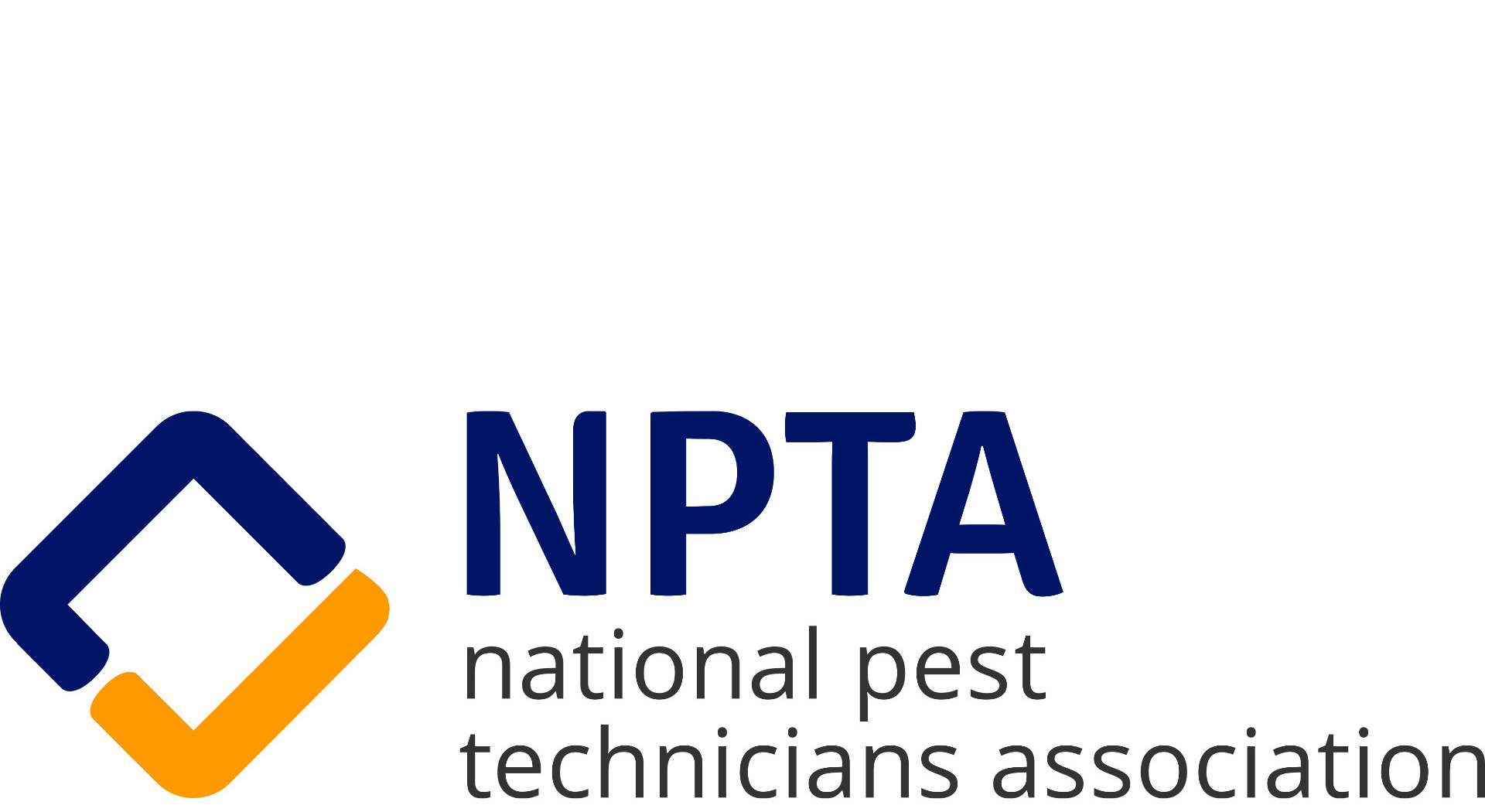Why do animals hoard food?
Posted on 11th December 2019 at 18:33
If we talk about animals hoarding food most people in Maidenhead would think immediately of the grey squirrel; after all we’re all familiar with the sight of a squirrel hiding acorns in the autumn – even the expression to squirrel something away comes from our observance of this animals’ behavior.
The reason that squirrels hoard nuts and acorns is linked to the change of seasons and the fact that this food source is plentiful and limited to a short period of time. Squirrels are unable to hibernate like the edible dormouse, and cold weather brings with it a greater need for the squirrels to find food in order to keep warm.
Nuts, seeds and acorns are all high energy sources of food which can withstand a period of storage without spoiling; one redeeming feature is that the squirrels behavior of burying acorns helps the oak tree’s in getting their seeds into the soil – those not harvested will germinate in the spring.
The grey squirrels diet varies according to the season: during the spring and summer they will feed mainly on plant material such as shoots, buds, fungi, tree bark and some insects. Squirrels will predate nesting birds stealing chicks and eggs to supplement this diet when they have the opportunity.

So a plentiful supply of food in the autumn explains why the grey squirrel is a hoarder, other animals hoard food and some of their behavior is surprising; the humble mole, the most passionate of all the Wind in the Willows characters and the bane of the gardener will also hoard food.
Moles are insectivores living on a diet of invertebrates and worms and its these worms that they will hoard. The mole is equipped with the same dental pattern of teeth that was found in the earliest mammals; they have two long needle like canine teeth and they use these to paralyse earthworms by biting them at the head.
The mole will dig a special chamber to keep the paralysed worms – its own larder if you like, these chambers can be quite large and a 2 KG ball of worms has been found: that’s enough food to last a mole for a month.
If not eaten by the mole, the worms will eventually recover and slither off, its thought that this behavior is bought on when the mole finds itself a piece of good fertile ground with plenty of worms in it.
Another close relative of the mole is the shrew and these have toxic saliva, these really are ‘Super Heroes’ of the insectivore world being able to bite insects and paralyse them with poison spit.
Insects are bitten and injected with a toxin rendering it comatose, should the insect start to wake up it will be re-bitten and sent back to sleep – ready for later!

Its not just the larger animals that hoard food but some ants also have this capability; we now have a species of ant called The Fire Ant that has invaded the UK; a colony of over a million of these ants has been found recently in Sussex.
Named Fire Ants because of two attributes – the first that they are attracted to electricity and will nest in sockets , transformers and electrical equipment, their official Latin name is Lasius Neglectus and they have been introduced from the Asian subcontinent .
The second attributes is that they have a painful bite – like you’re on fire!
There is some good research from the University of York on these ants and the future looks bleak for our natural garden ant should these invade new territories.

The two pest species listed here are the grey squirrel and the mole, here at Maidenhead Pest Control we provide a trapping service for both of these animals – we never use poison on either the squirrel or the mole.
The reason for this is that we have to be sure that we’ve got rid of your pest problem, it is legal to use rodenticide on the grey squirrel but given the fact that these animals stock up and put on weight for the winter months which coincides with the time of year that you are most likely to have one get into the loft, do you really think that poisoning it is a good idea?
I constantly hear stories that a pest controller using poison has tried to reassure the customer that the animal becomes dehydrated and leaves the property in search of water where it then dies to realise that this is complete rubbish.
Rodenticide or rat poison as it is often referred to is not really a poison, its not a toxic compound for example. How it works is that ingestion of a food source laced with the anticoagulant rodenticide interferes with the blood clotting mechanism and the uptake of Vitamin K in the animals liver
The blood is prevented from thickening and through the vascular pressure from the heart pumping the blood out through the arteries and into the veins and capillaries, blood is pushed out of the circulatory system into the tissues, stomach and lungs of the animal causing death by blood loss.
The reason that pest controllers use rodenticide is that they’re lazy; we prefer to trap and track rats, mice and squirrels, physically removing the dead animals and disposing of them. Tracking their movements allows us to determine the point of entry, once we have determined that then we can seal this access point and leave you pest free … for good.
If this is the type of rodent treatment that you’d like to receive in Maidenhead then get in touch, we do use rodenticide but I firmly believe that its sole use is a short cut to nowhere – without determining the entrance they will be back!
Share this post:















